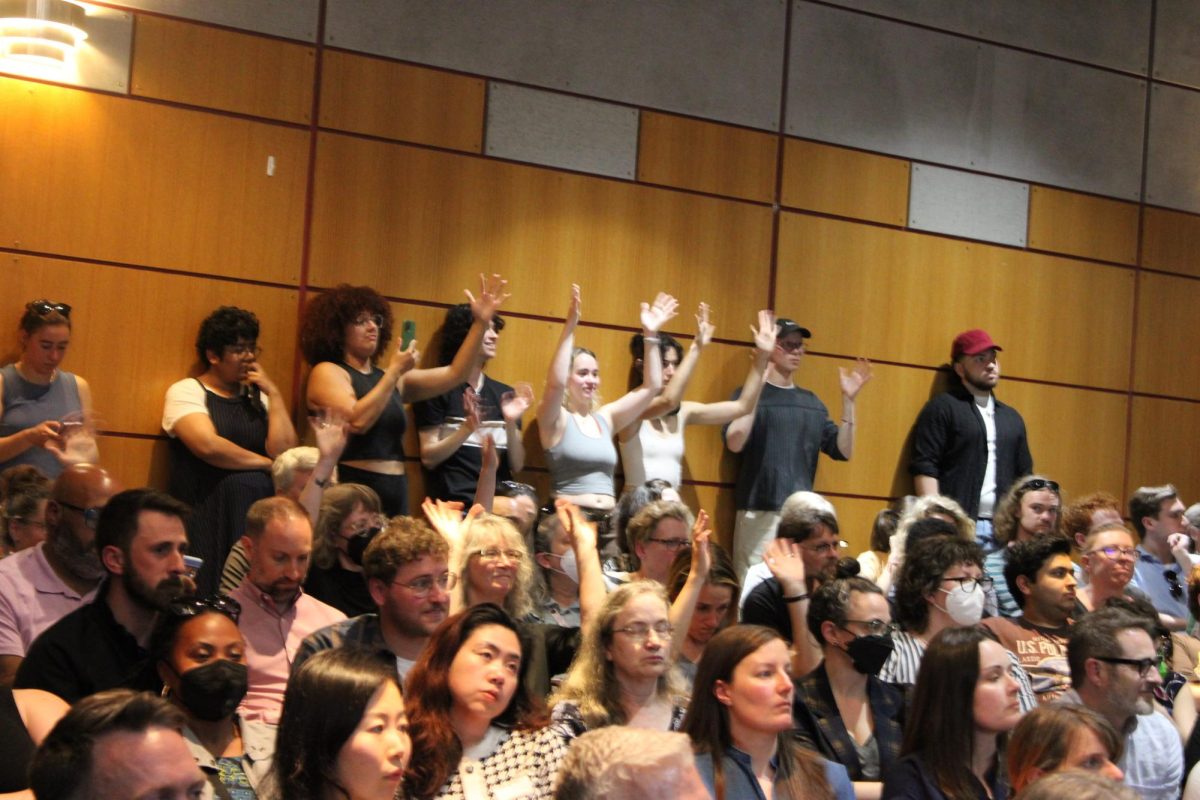
I’m a big fan of the recent simplicity trends in graphic design. Say what you want about Windows 8 and all its issues in usability and security, but in terms of visual design, it deserves some recognition for helping to start the trend toward more minimalistic graphic design. The website Flat vs. Realism chronicles the trend, starting in 2010, of eschewing the glossy polish of previous design principles in favor of more flat, minimal and unobtrusive website designs. And it caught on quickly.
Windows 8 and 10 soon updated their entire user interfaces to include minimalistic aesthetics. Apple largely resisted the phenomenon, but even the newest versions of OS X El Capitan contain flatter windows and buttons. Google, and by extension the entire Android market, updated the design guidelines for their apps and websites to follow the specifications of “material design:” a flat, card-based user interface. In 2017, minimal design is easy and accessible to nearly every desktop and mobile web browser.
In theory, this should mean websites should be easier to load. It makes sense—if you don’t have to spend megabytes upon megabytes loading a fancy texture background and glossy button images for every webpage you encounter, it should take less time to load. HTML5 and CSS3 should make it easy enough to create minimalist websites that take a small amount of time to load, right?
This is where I start to get a little peeved. While the trends in user interface have definitely become more flat and less cluttered, this often runs at odds with what’s going on in the background. Take, for instance, the website Medium. Its design is about as minimal as you can get: Simple text content and a few images and links at the bottom corresponding to related articles. But if you inspect the network log, you’ll see that it takes a full five seconds before everything is fully loaded. It’s a similar story for Vox. There is text, a few pictures and an occasional video. But in total, it takes four seconds to load everything.
Is this such a big deal? Am I just nitpicking? A little. For big sites like Medium and Vox, they can manage to get the main content of the site loaded fast, and spend the rest of the time loading accessory scripts and images. In this case, it’s not much of a big deal. However, for smaller companies, it can get all too easy to significantly affect traffic. A report by Google says that 53 percent of mobile users quit a site if it takes longer than three seconds to load. For a website with a less sophisticated design under the hood, it can take far too much time to load a simple article, often causing users to give up.
Google has been trying to solve this with AMP HTML, a system where web developers can choose to allow Google to cache their content in a way that is optimized for mobile users, ensuring fast load times. However, even this is clunky. When I use AMP to read articles from Facebook, videos will usually glitch and sometimes will simply fail to properly load at all (anyone who’s tried to use Reddit’s AMP pages will be able to relate).
On top of this, many websites will intentionally hide their content if they detect the presence of ad-blockers. From personal experience, the majority of the time this occurs I simply close the page and go somewhere else to find the information. In other words, website designers are wasting bandwidth and driving away potential users for the sake of clunky design practices and bloated sites.
What does all of this really mean? For one, in an age where nearly everything is becoming web-based, it’s important that websites stop alienating their user bases. Sure, migrating toward minimal and flat visual design is a step in the right direction, but that doesn’t compensate for an otherwise-bloated and unusable website. For people with bad connections who just want to read a simple text article, it’s unnecessary to load several dozen images, style-sheets, custom fonts and 300 kB of JQuery.
And it’s not just websites. While Microsoft’s user interface automation keeps getting simpler, it also keeps getting slower. After upgrading to Windows 10, my computer got so unusably slow that the only way I could use it was by switching to a bare-bones Ubuntu installation. There, I could install a minimalist theme that’s actually minimal behind the scenes too. It would be better if companies could prioritize both kinds of minimalism.
Don’t get me wrong, I really do think that applications and websites are becoming prettier and easier to use for the average person. However, it somewhat irks me when a site makes itself appear clean, lightweight and elegant while simultaneously taking even longer to load. Not all sites have this problem, but in an era where Google will punish sites for having obtrusive pop-up ads, it would be nice to see something done to punish sites that take excessively long to load, or which excessively punish ad-blockers.
Realistically, will any of this change? Not unless there’s some financial incentive for companies to overhaul their existing design. My hope is that Google will provide this incentive through promoting only sites that minimize website bloat. The next big design trend hasn’t yet come, but when it does, I’ll keep my fingers crossed that I’ll then be able to navigate the internet in peace.
Edridge D’Souza is a Collegian columnist and can be reached at [email protected].

















